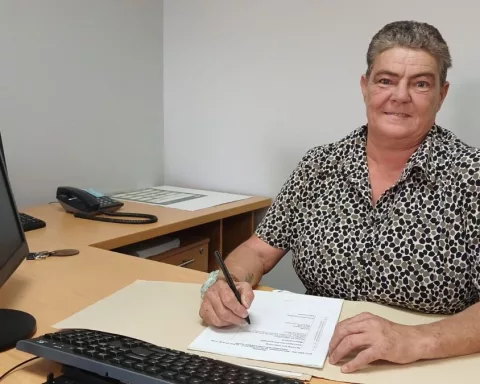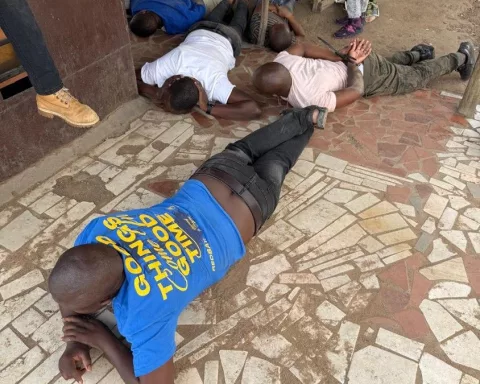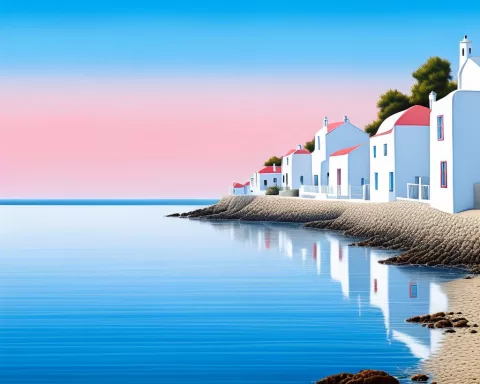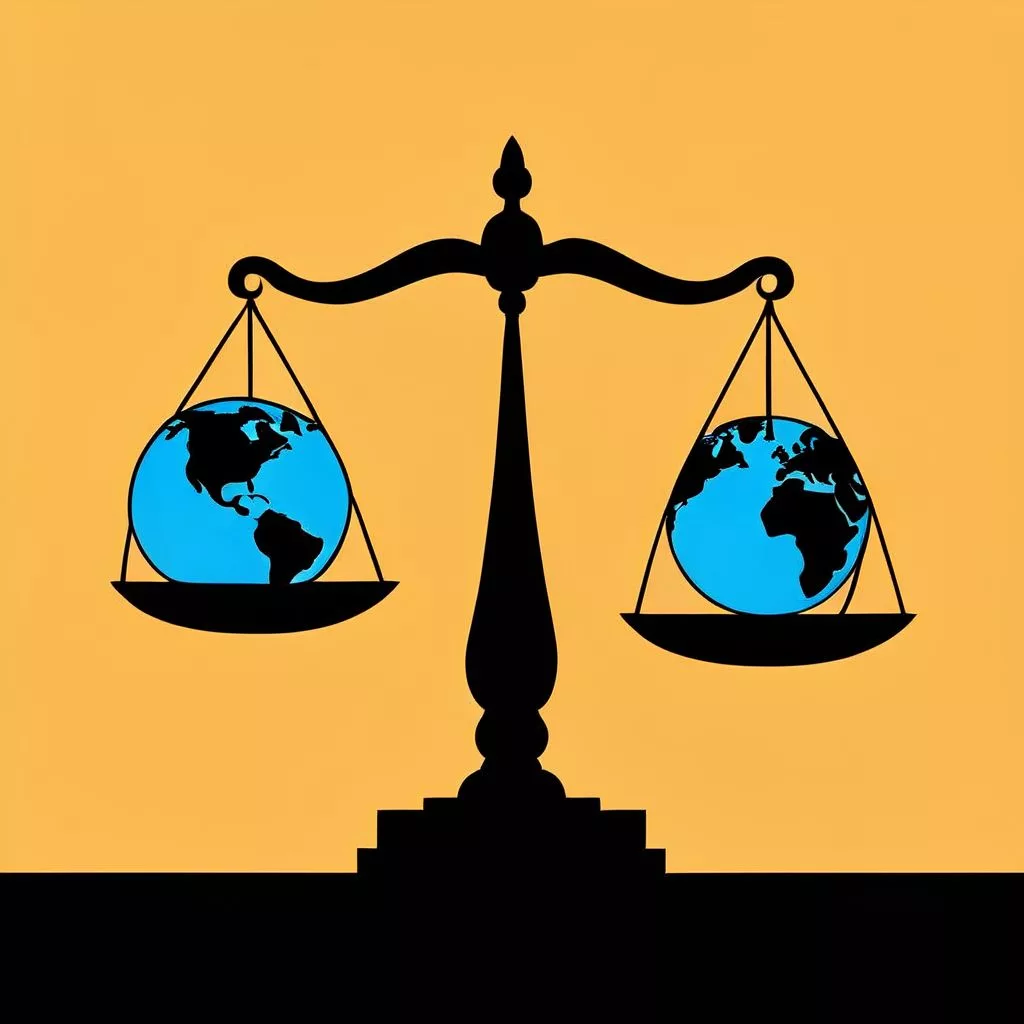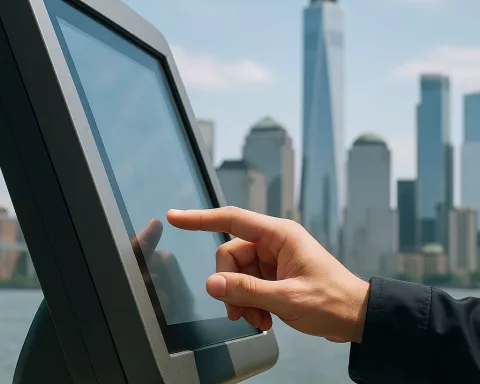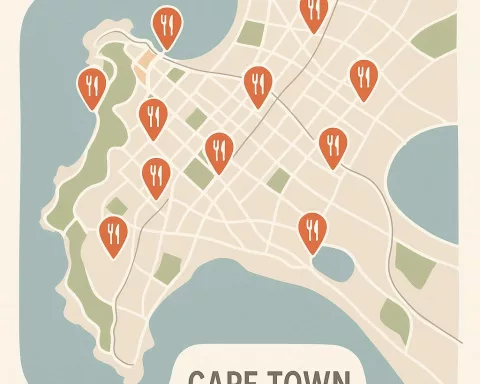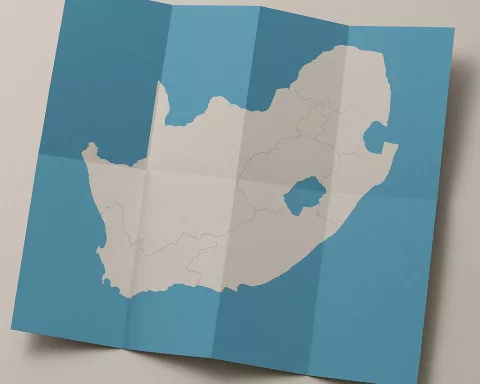President Ramaphosa dreams of a united South Africa where everyone has equal chances to succeed. He calls for people to work together, learning from the past to heal old wounds and build a brighter future. By focusing on homegrown solutions and local businesses, he encourages citizens to take charge of their own lives. Ramaphosa’s vision is clear: through unity and resilience, South Africa can overcome challenges and shine as a symbol of hope and growth for all.
What is President Ramaphosa’s vision for a united South Africa?
President Ramaphosa envisions a united South Africa characterized by equality, opportunity, and resilience. He calls for collective efforts to address socio-economic challenges, emphasizes the importance of self-determination, and encourages citizens to seek homegrown solutions, fostering a culture of collaboration and inclusivity for a thriving future.
President Cyril Ramaphosa’s impassioned call for unity resonates deeply within the context of South Africa’s rich history and dynamic present. His address, a response to the discussions following the State of the Nation Address (SONA), serves as a powerful appeal for solidarity amidst the nation’s multifaceted challenges. As South Africa stands on the brink of transformation, Ramaphosa’s words not only echo a timeless narrative of resilience and hope but also urge citizens to seek homegrown solutions to their complex problems.
Historical Lessons and Unifying Narratives
Reflecting on South Africa’s vibrant historical tapestry, the haunting memory of District Six cannot be overlooked. In one of apartheid’s more brutal episodes, the government demolished this thriving community in 1968 as part of its racial segregation agenda. More than 60,000 residents were forcibly removed, leading to the disintegration of familial ties and the obliteration of cultural life. Ramaphosa’s reference to this painful past underscores the necessity of unity and reconciliation to move beyond historical wounds and construct a harmonious future.
In his address, Ramaphosa emphasized that South Africa must present a united front to the world. Despite the cacophony of diverse and, at times, conflicting voices within the nation, he advocated for a collective commitment to establish a society where freedom and equality are paramount. This call echoes the pivotal moments of the post-apartheid era when the world watched as South Africans joined forces to overcome division and build a new, inclusive identity.
Rooted in the ideals of South Africa’s socio-political evolution, Ramaphosa envisions a nation where equality and opportunity reign supreme. He speaks of a society governed by unassailable rule of law, a thriving economy propelled by the innovation and growth of small businesses, and a future illuminated by democratic principles fostered during the liberation struggle. This vision not only honors the past but also sets a course for future generations.
Collaborating Across Divides
The President’s address also invoked the spirit of the Government of National Unity (GNU), a testament to the power of collaborative governance despite ideological differences. By referencing this period, he highlighted the potential for unity across political spectrums, drawing strength from diversity. The parallels with the post-1994 era, when South Africa emerged from apartheid’s shadows to construct a new identity rooted in inclusion and mutual respect, are clear and compelling.
Ramaphosa’s emphasis on finding national solutions reflects a criticism of external dependency. His caution against foreign intervention in domestic issues underscores a desire for self-determination and internal resolution. This sentiment harks back to the ethos of the Pan-African movement, which championed the liberation and self-reliance of African nations. By urging South Africans to seek indigenous solutions, Ramaphosa reinforces the importance of national sovereignty and pride.
However, Ramaphosa’s address does not remain in the realm of the abstract; he offers practical approaches to current socio-economic challenges. Issues like the tragic loss of 14 SANDF soldiers in the Democratic Republic of Congo and the economic struggles intensified by global pressures are tackled head-on. His narrative addresses the interconnectedness between national well-being and global dynamics, acknowledging the “harsh global wind” that necessitates internal fortitude and cohesion.
A Cultural and Economic Vision
Beyond political discourse, the President’s rhetoric reflects on collective identity, challenging South Africans to contemplate their aspirations for the nation. This call for introspection encourages citizens to reflect on shared values and ambitions, fostering a culture of dialogue and civic engagement. Ramaphosa’s address integrates the spirit of artistic and cultural movements that have shaped South African identity, underscoring the country’s rich storytelling, musical, and artistic traditions that narrate tales of struggle and triumph. His speech, in this context, becomes part of a larger narrative aiming to inspire a new chapter where creativity and cultural expression drive unity and progress.
Discussing economic aspirations, Ramaphosa’s vision for a dynamic economy aligns with the entrepreneurial spirit historically underpinning South African innovation. His mention of small businesses as growth engines highlights the critical role of grassroots economic empowerment in fostering national prosperity and reducing inequality. It is a call to harness local talents and resources to build a sustainable and inclusive economy.
The President’s emphasis on democratic governance and the rule of law draws from the foundational principles established during South Africa’s transition to democracy. These elements are crucial in safeguarding human rights and ensuring equitable development. By advocating for a robust legal framework, Ramaphosa underscores the importance of justice and fairness in the nation’s growth trajectory.
A Call to Action for a United Future
As Ramaphosa articulates these aspirations, he offers more than a political roadmap; he paints a vision of a nation striving for inclusivity and equality. His outlook combines historical lessons with anticipation of future possibilities, urging South Africans to harness their collective strength in pursuit of shared goals. President Ramaphosa’s call to action stands as a testament to South Africa’s enduring spirit. It invites citizens, political parties, and civil society to transcend differences and forge a united front, reminiscent of the country’s transformative journey post-apartheid.
This unity is crucial for embracing opportunities and realizing the vision of a nation where everyone thrives. By drawing on the strength of the past and the promise of the future, Ramaphosa’s vision for South Africa is both a reflection on what has been achieved and a call to action for what can still be accomplished. It’s a potent reminder that through unity, resilience, and determination, South Africa can overcome its challenges and fulfill its potential as a beacon of hope and progress.
FAQ
What is President Ramaphosa’s vision for a united South Africa?
President Ramaphosa envisions a united South Africa characterized by equality, opportunity, and resilience. He calls for collective efforts to address socio-economic challenges and emphasizes the importance of self-determination, encouraging citizens to seek homegrown solutions that foster collaboration and inclusivity.
How does historical context influence Ramaphosa’s vision?
Ramaphosa reflects on South Africa’s historical challenges, such as the forced removals during apartheid, to underscore the need for unity and reconciliation. He believes that acknowledging past injustices is essential to healing and building a harmonious future, allowing the country to present a united front.
What role do local businesses play in Ramaphosa’s economic vision?
In his vision, small businesses are seen as crucial engines for economic growth and empowerment. Ramaphosa advocates for grassroots economic initiatives that leverage local talents and resources to reduce inequality and foster a sustainable, inclusive economy.
How does Ramaphosa view external interventions in South Africa’s challenges?
Ramaphosa expresses caution against foreign intervention in domestic issues, advocating for self-determination and national solutions. He emphasizes the importance of internal resilience and the need for South Africans to address their challenges independently, reflecting the ethos of the Pan-African movement.
What cultural elements does Ramaphosa incorporate into his vision for South Africa?
Ramaphosa emphasizes the importance of collective identity and cultural expression in shaping the nation. He encourages citizens to reflect on shared values and ambitions, promoting dialogue and civic engagement while drawing inspiration from South Africa’s rich storytelling and artistic traditions.
What is the significance of democratic governance in Ramaphosa’s vision?
Democratic governance and the rule of law are foundational to Ramaphosa’s vision for a just and equitable society. He believes that these principles are essential for safeguarding human rights and ensuring fair development, which are crucial for achieving the nation’s growth and prosperity.


